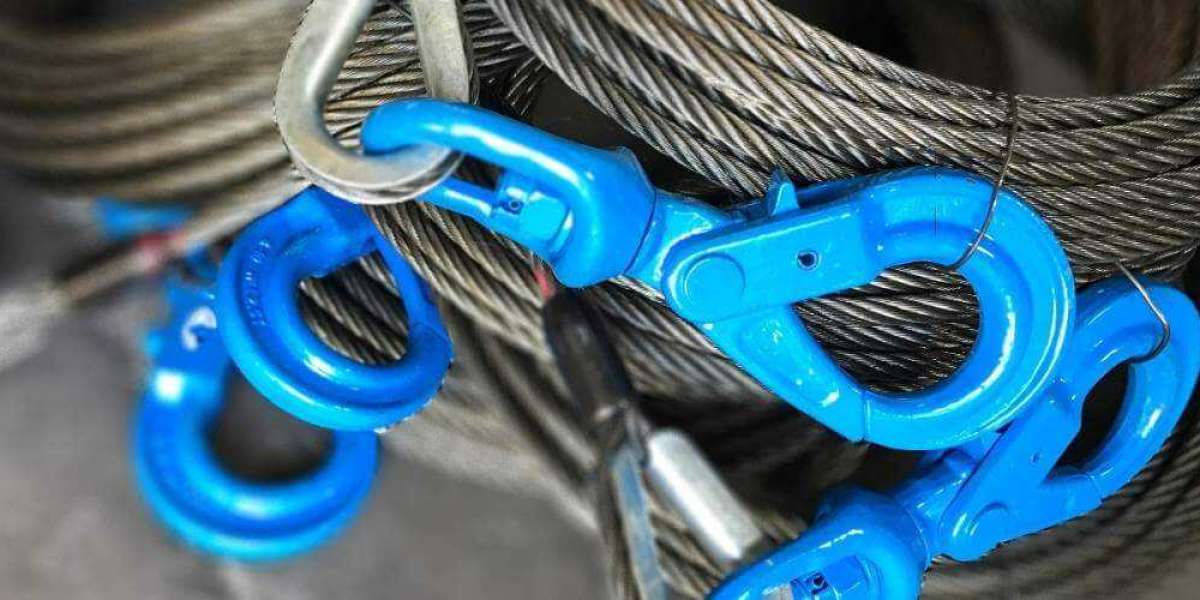When it comes to off-road adventures or heavy-duty towing, winch lines are an essential component of your equipment. However, understanding the intricacies of winch lines can be daunting for beginners and even seasoned enthusiasts. From materials to maintenance, this comprehensive guide aims to demystify winch lines and provide you with everything you need to know for safe and effective usage.
Understanding Winch Lines
Winch lines, also known as winch cables or ropes, are the lifelines of any winching operation. They are how a winch exerts its pulling force to recover vehicles, move heavy objects, or perform various other tasks. Winch lines come in various materials, each with its own set of characteristics and applications.
Strength
The strength of a winch line is crucial for safe and effective operation. Consider the weight of the vehicle or object you'll be winching and choose a line with an appropriate breaking strength.
Length
Select a winch line that is long enough to reach your anchor point comfortably. Factor in any potential obstacles or inclines that may require extra length.
Diameter
Thicker winch lines offer greater strength but may be heavier and more difficult to handle. Balance diameter with strength requirements and practicality.
Material
Choose between steel cables and synthetic ropes based on your specific needs and preferences. Consider factors such as weight, flexibility, and durability.
Maintenance and Safety Tips
Before each use, inspect your winch line for signs of wear, fraying, or damage. Replace any damaged components immediately to prevent accidents.
Clean and Lubricate
Clean your winch line regularly to remove dirt, debris, and salt buildup. Lubricate steel cables to prevent rust and prolong their lifespan.
Handle with Care
Avoid sharp edges and abrasive surfaces that can damage the winch line. Always wear gloves when handling winch lines to protect your hands from injury.
Use Proper Anchoring
Ensure your anchor point is strong and secure before winching. Use tree savers or anchor straps to protect trees and other anchor points from damage.
Conclusion
Winch lines are indispensable tools for off-road enthusiasts, rescue operations, and various industrial applications. By understanding the different types of winch lines, considering key factors such as strength and length, and following proper maintenance and safety protocols, you can maximize the effectiveness and longevity of your winching operations while ensuring the safety of yourself and others.
Whether you opt for the strength of steel cables or the versatility of synthetic ropes, choosing the right winch line for your needs is essential. With the information provided in this guide, you're now equipped to make informed decisions and handle winch lines with confidence.







